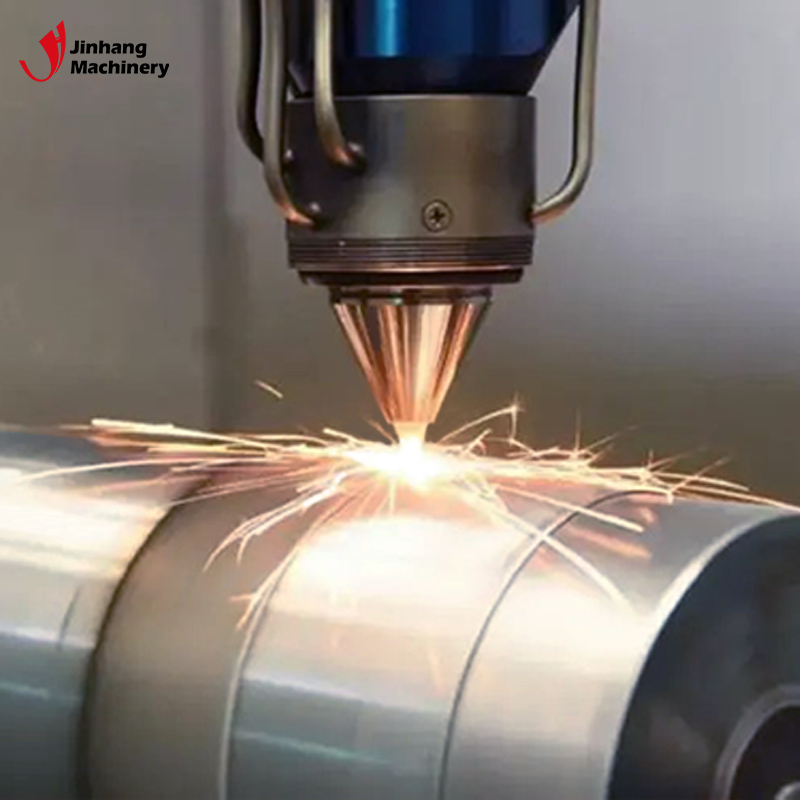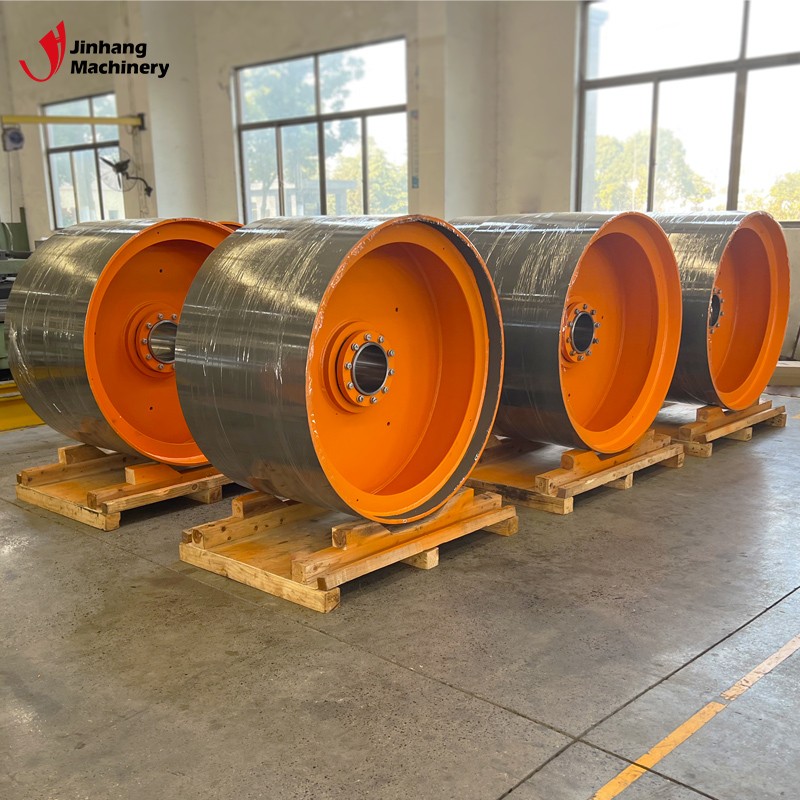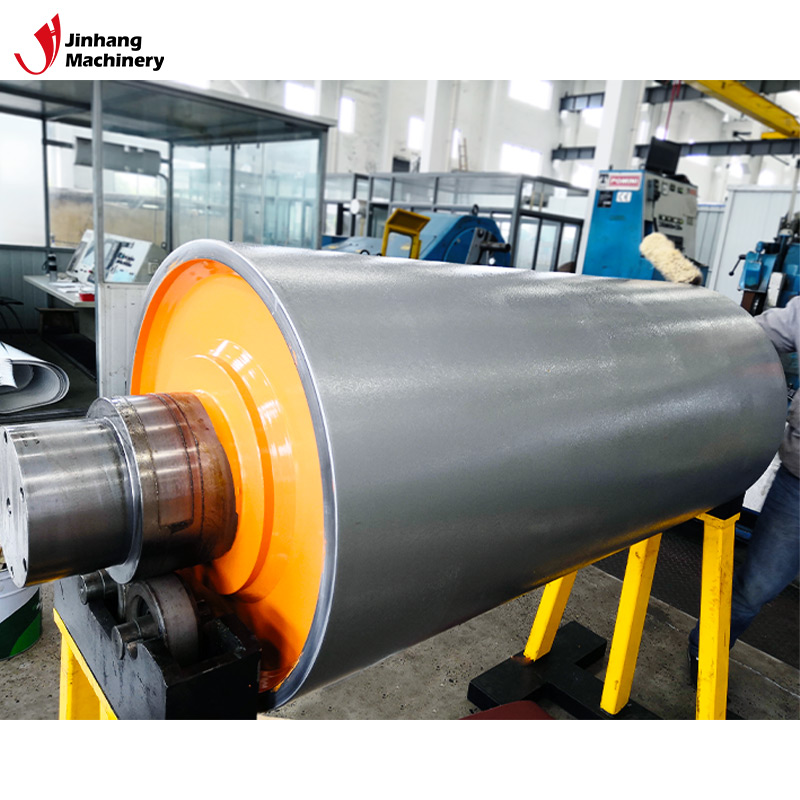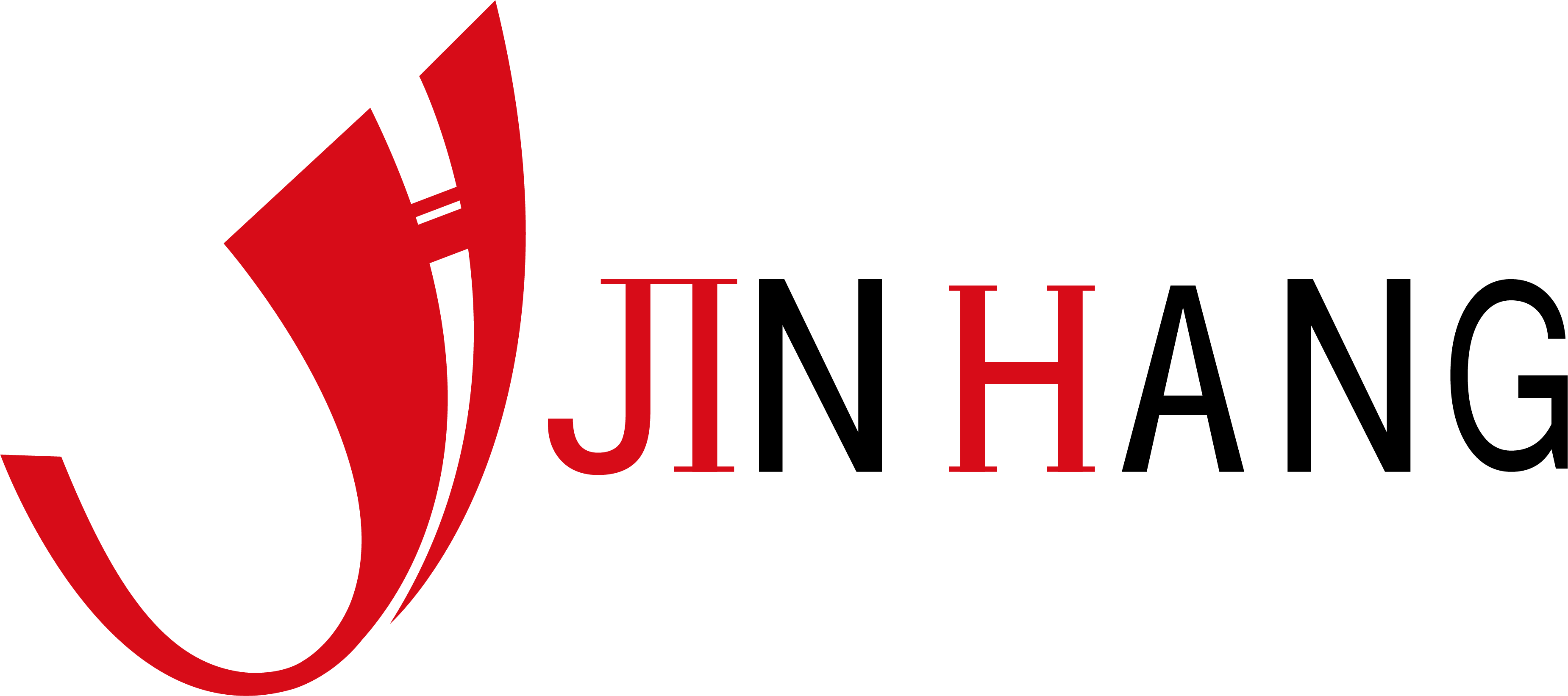What is the difference between chrome and tungsten carbide coated roller?
In modern industrial manufacturing and processing, rollers are key transmission and processing components, and the choice of their surface coating is crucial. Two common coating technologies are chrome coating and tungsten carbide coating, both of which have their own advantages and disadvantages in terms of performance, application and maintenance.
This article will compare the differences between chrome coating and tungsten carbide coated roller in detail to help readers better understand the characteristics of these two coating technologies and their applications in different industrial fields.

What are the characteristics of chrome coated rollers?
Chrome coated rollers are coated with a layer of chrome on the surface of the roller through an electroplating process. Chromium coatings are widely used in various industrial fields due to their good wear resistance and corrosion resistance. Its main features include: high hardness (Vickers hardness 800-1000HV), excellent corrosion resistance, smooth surface, and good heat resistance.
1. High hardness: Chromium coating has a high hardness, usually between Vickers hardness 800-1000HV, which can effectively resist wear and scratches.
2. Excellent anti-corrosion performance: Chromium coating has good corrosion resistance to most acid and alkali environments and can be used for a long time in corrosive media.
3. Smooth surface: The chromium coating has a smooth surface and a low friction coefficient, which can reduce the friction between the roller and the material and improve the transmission efficiency.
4. Good heat resistance: The chromium coating can maintain stable performance at higher temperatures and is suitable for high-temperature processes.

What are the characteristics of Tungsten Carbide Coated Roller?
Tungsten Carbide Coated Roller covers the surface of the roller with tungsten carbide powder through processes such as thermal spraying or laser cladding. Tungsten carbide coating has been widely used in various industrial fields in recent years due to its ultra-high hardness and wear resistance. Its main features include: ultra-high hardness (Vickers hardness 1200-2000HV), extremely high wear resistance, excellent corrosion resistance, high temperature stability, and low friction coefficient.
1. Ultra-high hardness: The hardness of tungsten carbide coating is very high, usually between 1200-2000HV Vickers hardness, and can maintain stable performance in extreme wear environments.
2. Extremely high wear resistance: Tungsten carbide coating has excellent wear resistance, which can significantly extend the service life of the roller and reduce the frequency of maintenance and replacement.
3. Excellent corrosion resistance: Tungsten carbide coating has good tolerance to acid and alkali environments and is suitable for highly corrosive processes.
4. High temperature stability: Tungsten carbide coating can maintain stable performance in high temperature environments, is not easy to deform or fail, and is suitable for high temperature processing.
5. Low friction coefficient: Tungsten carbide coating has a smooth surface and a low friction coefficient, which can reduce the generation of friction heat and improve work efficiency.

What is the difference between chrome and Tungsten Carbide Coated Roller?
The biggest difference between chromium and Tungsten Carbide Coated Roller: The Vickers hardness of chromium coating is between 800-1000HV, and the Vickers hardness of tungsten carbide coating is between 1200-2000HV. The specific other differences are as follows:
1. Difference in hardness and wear resistance:
The hardness of tungsten carbide coating is significantly higher than that of chromium coating, which makes Tungsten Carbide Coated Roller have a longer service life in extreme wear environments. For applications requiring high wear resistance, such as rolling processes in the metallurgical industry, Tungsten Carbide Coated Roller performs better. In moderate wear environments, chromium-coated rollers can also provide sufficient wear resistance and have certain cost advantages.
2. Difference in corrosion resistance:
Both chromium coating and tungsten carbide coating have good corrosion resistance, but in extreme corrosive environments, tungsten carbide coating performs better. Tungsten carbide coating can resist the erosion of a variety of chemicals and is suitable for industries with high corrosion requirements such as chemicals and pharmaceuticals. Chromium coating can also provide adequate protection in most acid and alkali environments, but may show certain disadvantages in some extremely corrosive media.
3. Difference in heat resistance:
Both coatings can maintain good performance in high temperature environments, but tungsten carbide coatings are more stable at extremely high temperatures. Chromium coatings may oxidize and reduce hardness at high temperatures, while tungsten carbide coatings can maintain hardness and wear resistance in a higher temperature range. Therefore, Tungsten Carbide Coated Roller is a more ideal choice in high-temperature processing.
4. Difference in friction coefficient:
Both chromium coatings and tungsten carbide coatings have low friction coefficients, which can reduce friction between the roller and the material and improve transmission efficiency. However, tungsten carbide coatings have a relatively lower friction coefficient, which can more effectively reduce the generation of frictional heat and are suitable for high-speed production lines and high-precision processing.
5. Difference in cost and economy:
The manufacturing cost of chromium coatings is relatively low, making them an economical choice in many moderate wear and corrosion environments. Tungsten carbide coating has a high manufacturing cost due to its ultra-high hardness and wear resistance, but its long life and high performance can reduce the overall maintenance and replacement costs in the long run. Therefore, for high-load, high-wear and high-corrosion applications, Tungsten Carbide Coated Roller has a higher initial investment, but it has a longer-term economic advantage.

Application areas of chrome coating and Tungsten Carbide Coated Roller
1. Metallurgical industry: In the metallurgical industry, rollers are mainly used for rolling, transmission and processing of metal sheets and wires. Tungsten Carbide Coated Roller can significantly improve rolling efficiency and product quality and reduce downtime and maintenance costs due to its high hardness and wear resistance. Chrome-coated rollers can also provide sufficient performance in moderate wear and corrosion environments, making them an economical and practical choice.
2. Paper and packaging industry: In the paper and packaging industry, rollers are used in processes such as coating, calendering and printing of paper and film. The low coefficient of friction and high wear resistance of Tungsten Carbide Coated Roller ensures the smoothness of the surface of paper and film, and improves the appearance quality of the product. Chrome coated rollers also perform well in medium loads and corrosive environments, and are suitable for general papermaking and packaging processes.
3. Printing industry: The printing industry has extremely high requirements for the surface finish and wear resistance of rollers. Tungsten Carbide Coated Roller can provide extremely high surface finish, ensure uniform transfer and distribution of ink, and improve the quality and detail expression of printed products. Chrome coated rollers can also provide sufficient performance in most printing media and chemical environments, and are a common choice.
4. Chemical and pharmaceutical industries: In the chemical and pharmaceutical industries, rollers need to work in corrosive media and have extremely high hygiene requirements. The corrosion resistance and easy cleaning of Tungsten Carbide Coated Roller make it an ideal choice, which can resist the erosion of a variety of chemicals and ensure long-term stability and hygiene. Chrome coated rollers can also provide good corrosion resistance in most acid and alkali environments, and are suitable for general chemical and pharmaceutical processes.
5. Plastic and rubber processing industry: In the plastic and rubber processing industry, rollers are used for processes such as mixing, calendering and molding of materials. The high wear resistance and low friction coefficient of Tungsten Carbide Roller can improve the processing efficiency of materials, reduce the generation of friction heat, and ensure the dimensional accuracy and surface quality of products. Chrome coated rollers can also provide sufficient performance in moderate wear and corrosion environments, and are an economical and practical choice.
Conclusion
Chrome coated rollers have high hardness, good corrosion resistance and low, and are suitable for moderate wear and corrosion environments. Tungsten Carbide Coated Roller has ultra-high hardness, extremely high wear resistance and corrosion resistance, and is suitable for high wear and high corrosion environments.
Although the initial investment is higher, it is more advantageous in terms of long-term economic efficiency.
